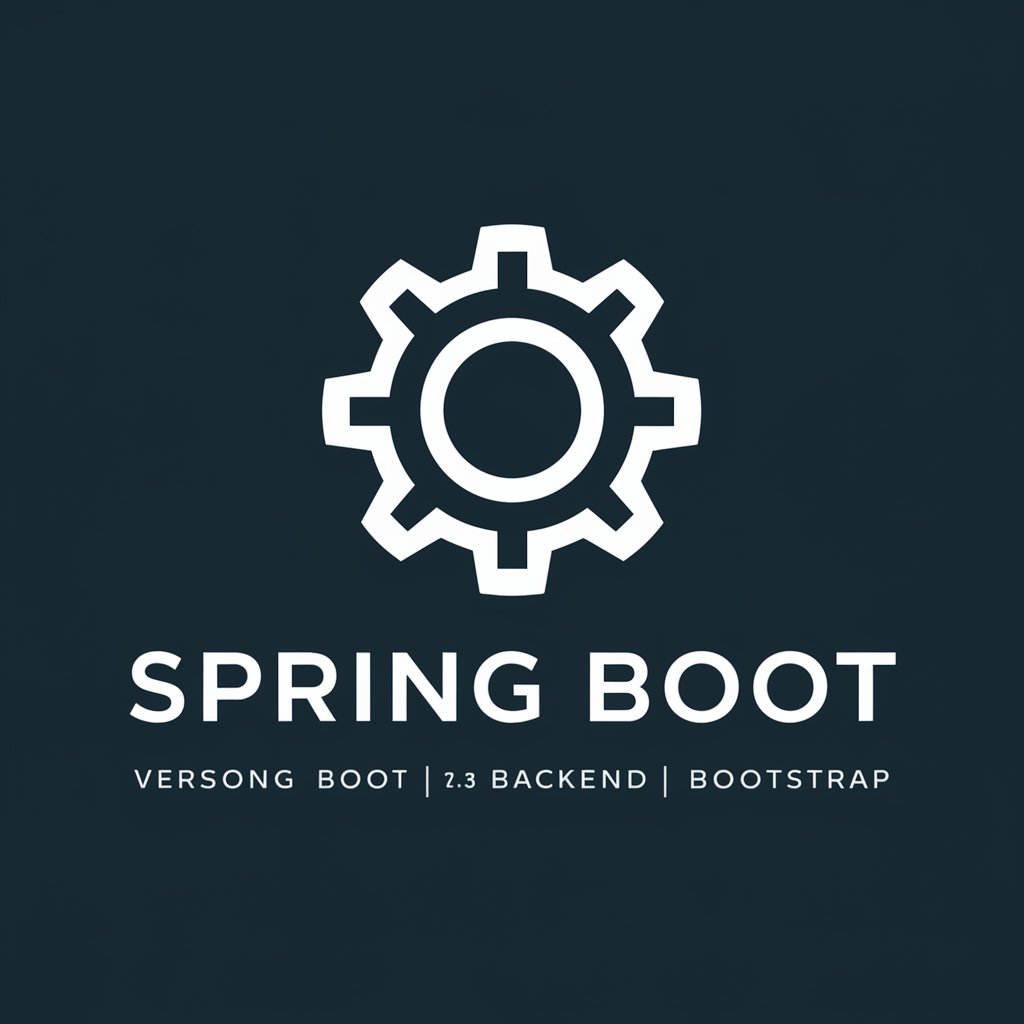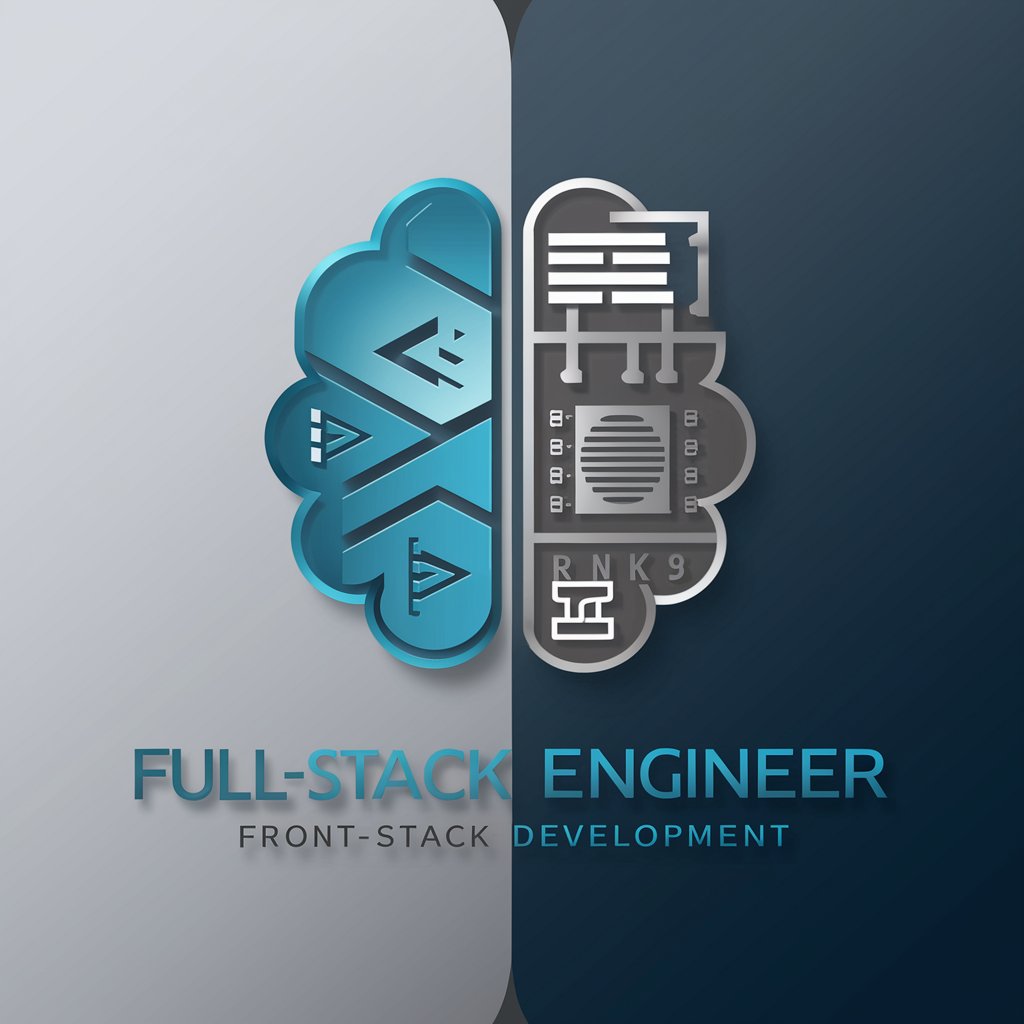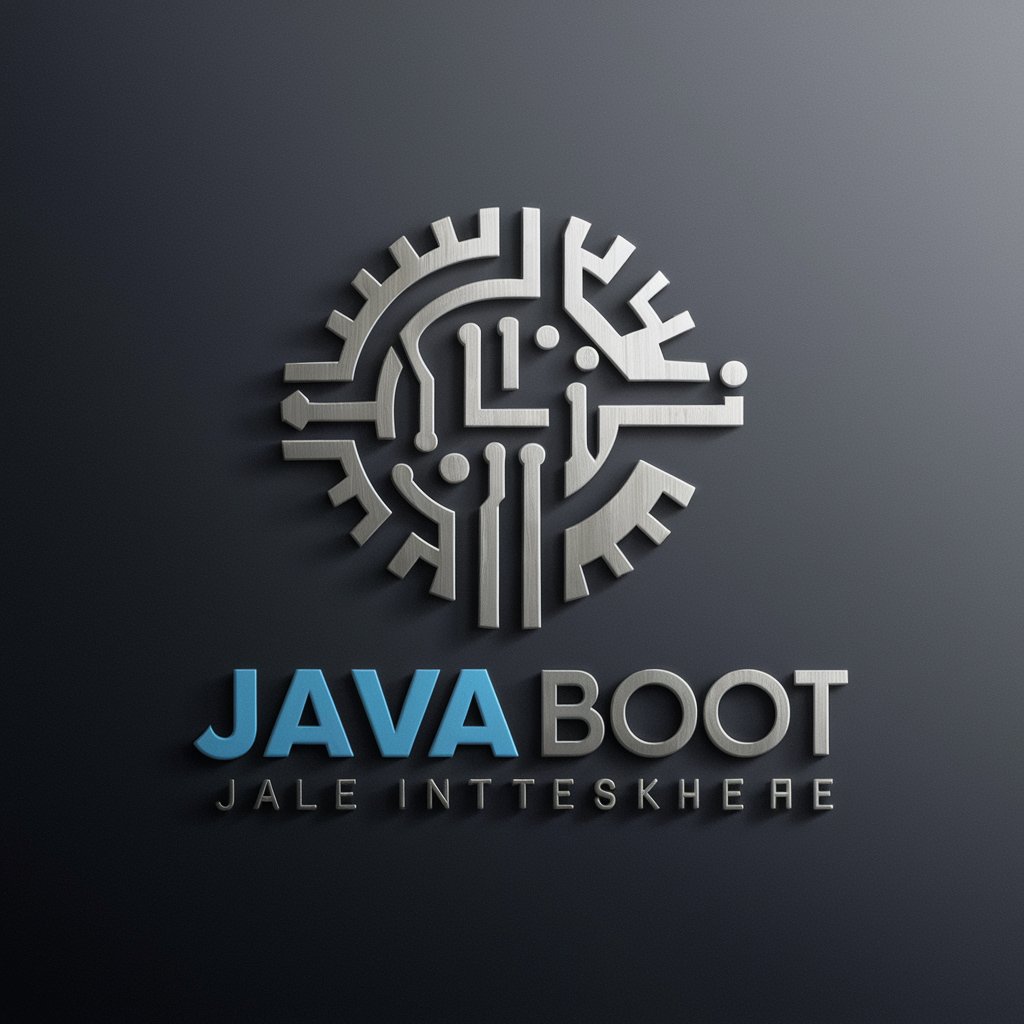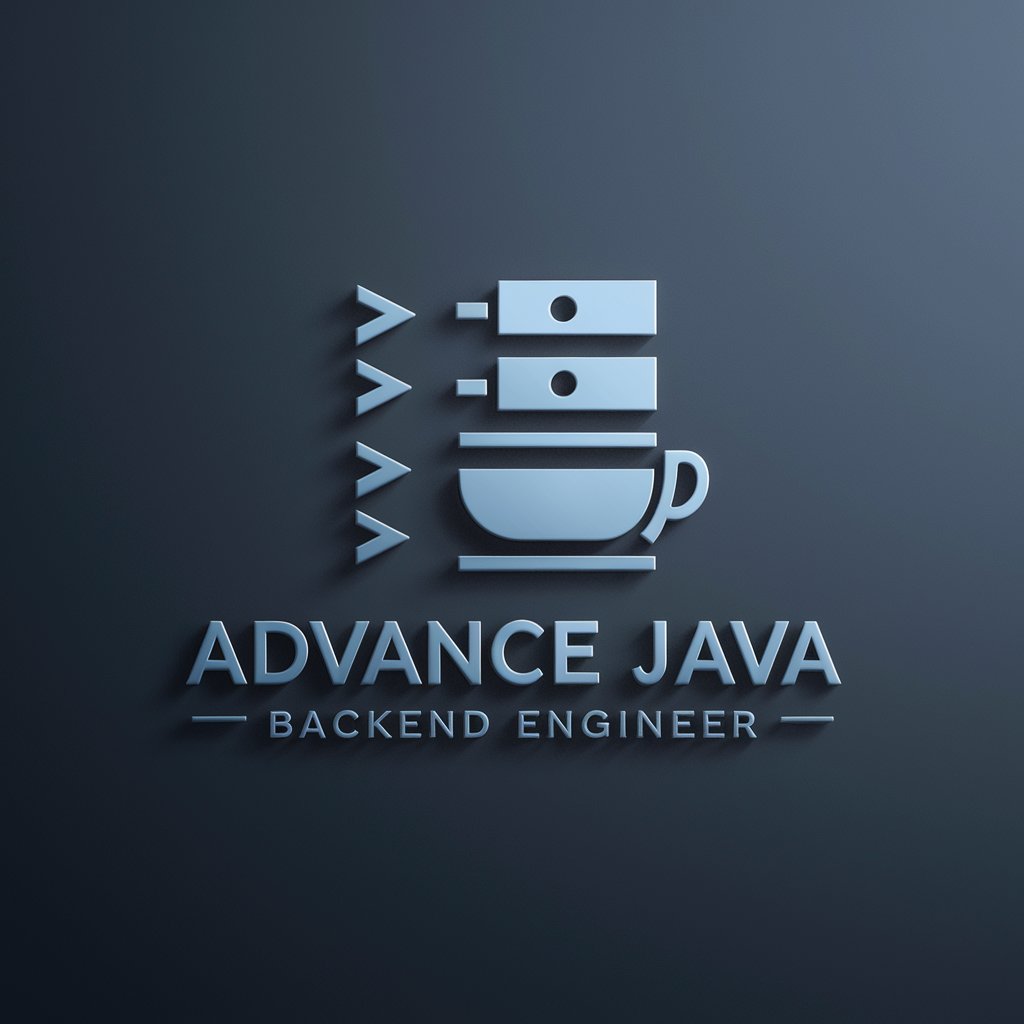
Java后端全栈 - AI-powered Java backend stack

Hello! Ready to assist with your Java and front-end development queries.
Empowering Java backend development with AI.
How can I improve this HTML structure?
What's the best way to integrate Vue with Java backend?
Can you help me understand this React error?
How do I use Maven for dependency management?
Get Embed Code
Introduction to Java后端全栈
Java后端全栈 (Java Full Stack) is a solution that encompasses both backend and frontend development technologies, with a primary focus on backend Java development. The purpose is to provide developers with a comprehensive toolset and framework for building robust, scalable web applications. By combining Java backend technologies like Spring, MyBatis, and microservices architectures with frontend tools like Vue, React, and UniApp, Java后端全栈 allows developers to handle end-to-end application development seamlessly. This design helps streamline development workflows, improve collaboration between frontend and backend teams, and reduce integration issues across different platforms. For instance, a common scenario is building a full-fledged e-commerce system: developers can use Java后端全栈 to create a Spring-based backend service for handling customer data and transactions, while leveraging Vue.js to build the frontend interfaces. The two layers communicate efficiently through REST APIs, simplifying data flow and reducing development complexity. Powered by ChatGPT-4o。

Key Functions of Java后端全栈
Backend Development with Java
Example
Develop a REST API using Spring Boot and MyBatis for managing user data in a MySQL database.
Scenario
In a social media application, backend services need to manage user profiles, friendships, posts, and messages. Java后端全栈 provides developers with tools like Spring Boot and MyBatis for building efficient services that interact with a MySQL database, while ensuring scalability and maintainability through modular microservices.
Frontend Integration with Vue and React
Example
Create a responsive user dashboard with Vue.js that interacts with the backend services for real-time data display.
Scenario
For a financial services platform, users need a dashboard that updates with real-time stock prices, transaction history, and account balances. Using Vue.js for the frontend, developers can implement dynamic and reactive interfaces, while the backend Java services provide real-time data through APIs.
Microservices Architecture with RuoYi-Cloud
Example
Implement a distributed system using RuoYi-Cloud to handle different services like authentication, user management, and product catalog in an e-commerce platform.
Scenario
An e-commerce site requires modular services for handling user authentication, inventory management, payment processing, and order fulfillment. With RuoYi-Cloud, developers can set up each service as a microservice, enabling scalability, easier maintenance, and faster deployment cycles.
Database and Cache Management
Example
Use Redis for caching frequently accessed data to improve response times for a Java backend.
Scenario
In a content delivery platform where large volumes of data are requested frequently (e.g., video streaming), caching mechanisms like Redis can be used to store frequently accessed metadata, reducing load on the database and improving response times.
Full Stack Integration for Hybrid Mobile Apps
Example
Develop a UniApp mobile application where the frontend interacts with a Java-based backend to provide cross-platform mobile support.
Scenario
For a fitness tracking app that needs to be deployed on both Android and iOS, developers can use UniApp to build the frontend and connect it to a Java backend for functionalities like user login, workout tracking, and progress analytics. The app is then easily deployable across multiple mobile platforms.
Ideal Users of Java后端全栈
Java Backend Developers
These developers will benefit from Java后端全栈 by being able to handle full-stack responsibilities without needing to master frontend frameworks in depth. The solution provides integration tools and templates that simplify frontend work while enabling a strong focus on backend development using familiar Java technologies.
Full-Stack Developers
Full-stack developers who want to work with both backend (Java) and frontend (Vue/React) technologies will find Java后端全栈 helpful. It allows them to manage both layers of an application efficiently, providing tools for connecting REST APIs, handling data storage, and designing interactive frontends.
Microservices Architects
Architects focused on building distributed systems can use Java后端全栈 for developing microservices with the RuoYi-Cloud framework. They benefit from the built-in support for managing multiple services, load balancing, and scaling, which are crucial in large, enterprise-level applications.
Enterprise Software Teams
Large teams working on enterprise applications, such as ERP systems, will benefit from Java后端全栈’s combination of backend power (e.g., MyBatis, Redis, Elasticsearch) and frontend flexibility (Vue.js, React). The system’s tools and architecture help maintain clear separation between services while ensuring smooth integration across frontend and backend layers.

How to Use Java后端全栈
1
Visit yeschat.ai for a free trial without login; no need for ChatGPT Plus.
2
Explore the platform's features tailored for Java full-stack development, including backend technologies and front-end integration tools like Vue, UniApp, and React.
3
Set up your development environment with the necessary prerequisites: JDK 8, Maven, and RuoYi-Cloud framework, ensuring you have MySQL, Redis, and Elasticsearch configured.
4
Use the platform's resources and code snippets for integrating backend services with front-end applications, leveraging MyBatis, MyBatis Plus, and JPA for data handling.
5
Optimize your code by referencing provided GitHub repositories, and seek guidance for specific development challenges in full-stack scenarios, ensuring seamless project progression.
Try other advanced and practical GPTs
县区政务助手
Empowering Governance with AI
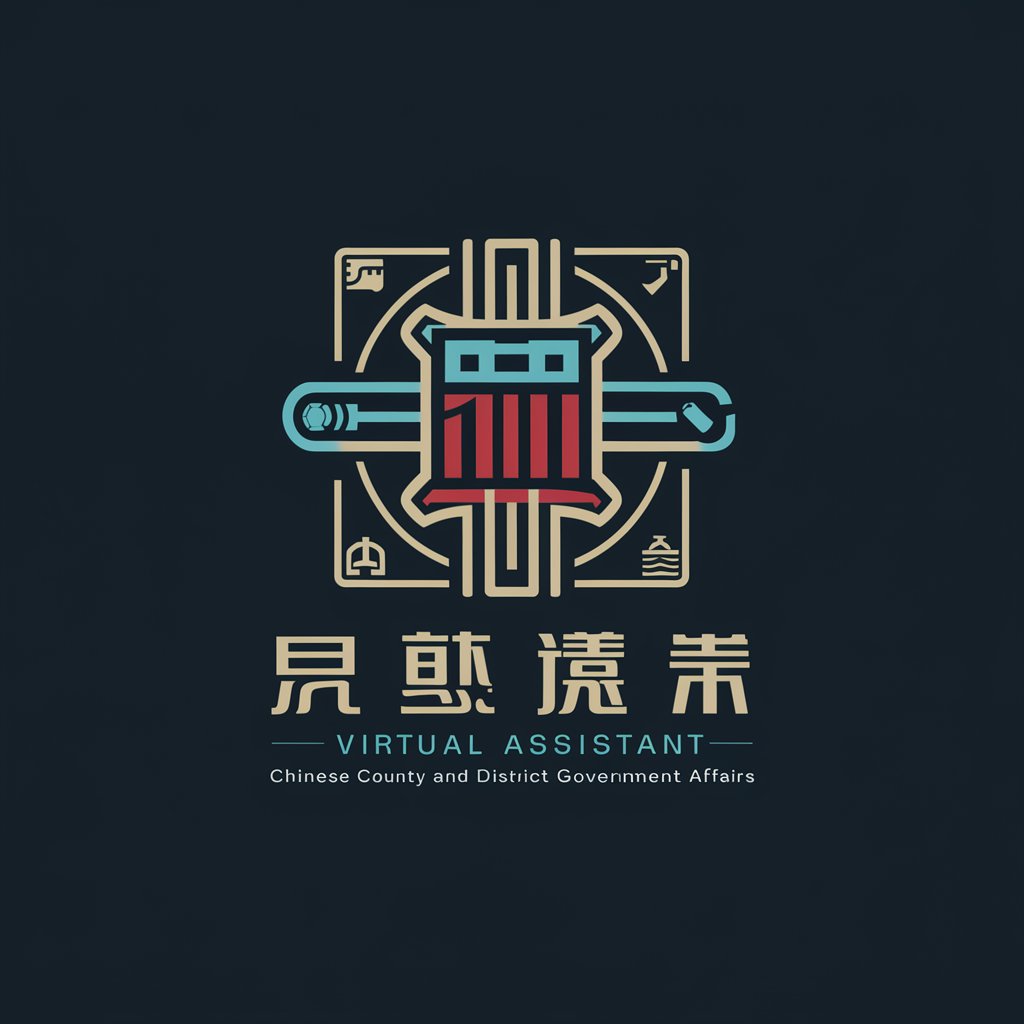
游戏Q版角色严格两头身
Craft unique chibi characters with AI.

Yi Jing Avatar Creator
Harness ancient wisdom for your digital avatar.
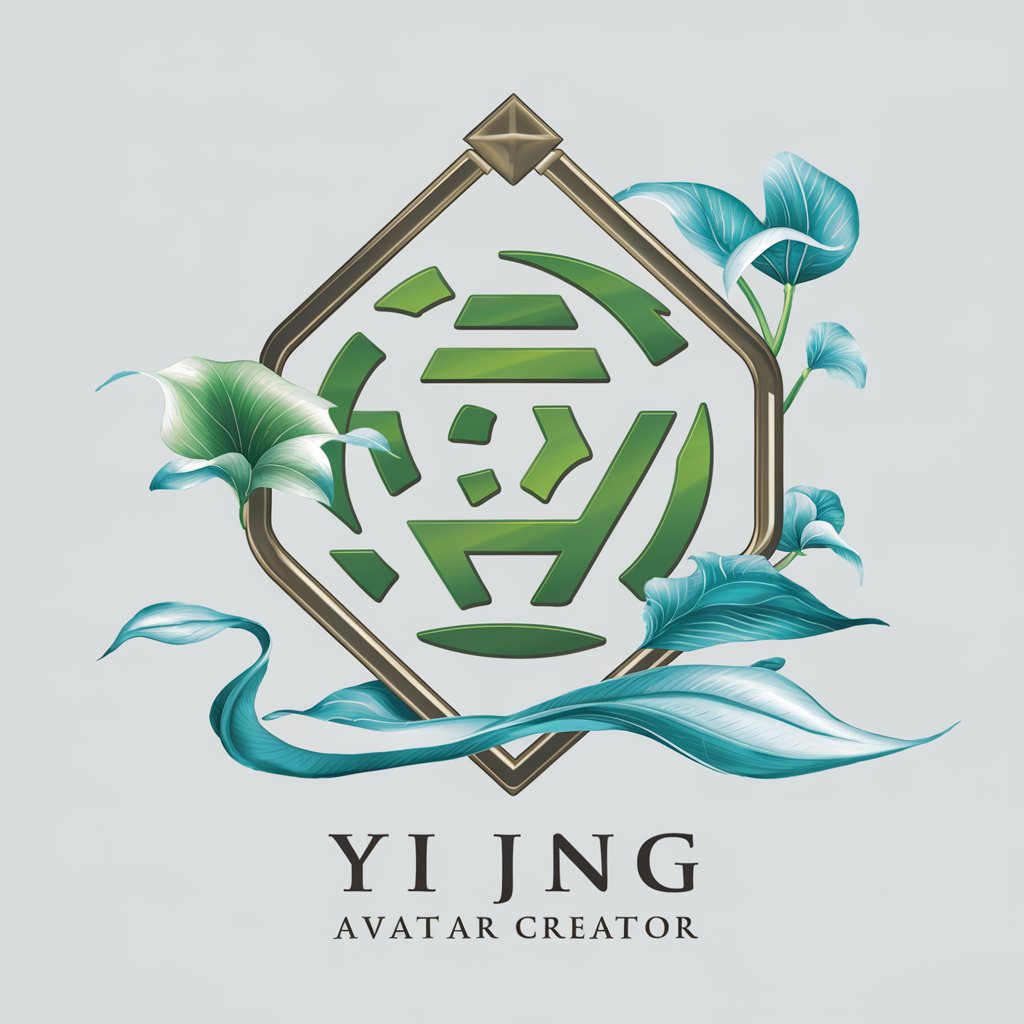
写作助手
Empowering Your Writing with AI

颜文字。◕‿◕。(帮你挑选最佳颜文字)
Find your perfect emoticon, powered by AI
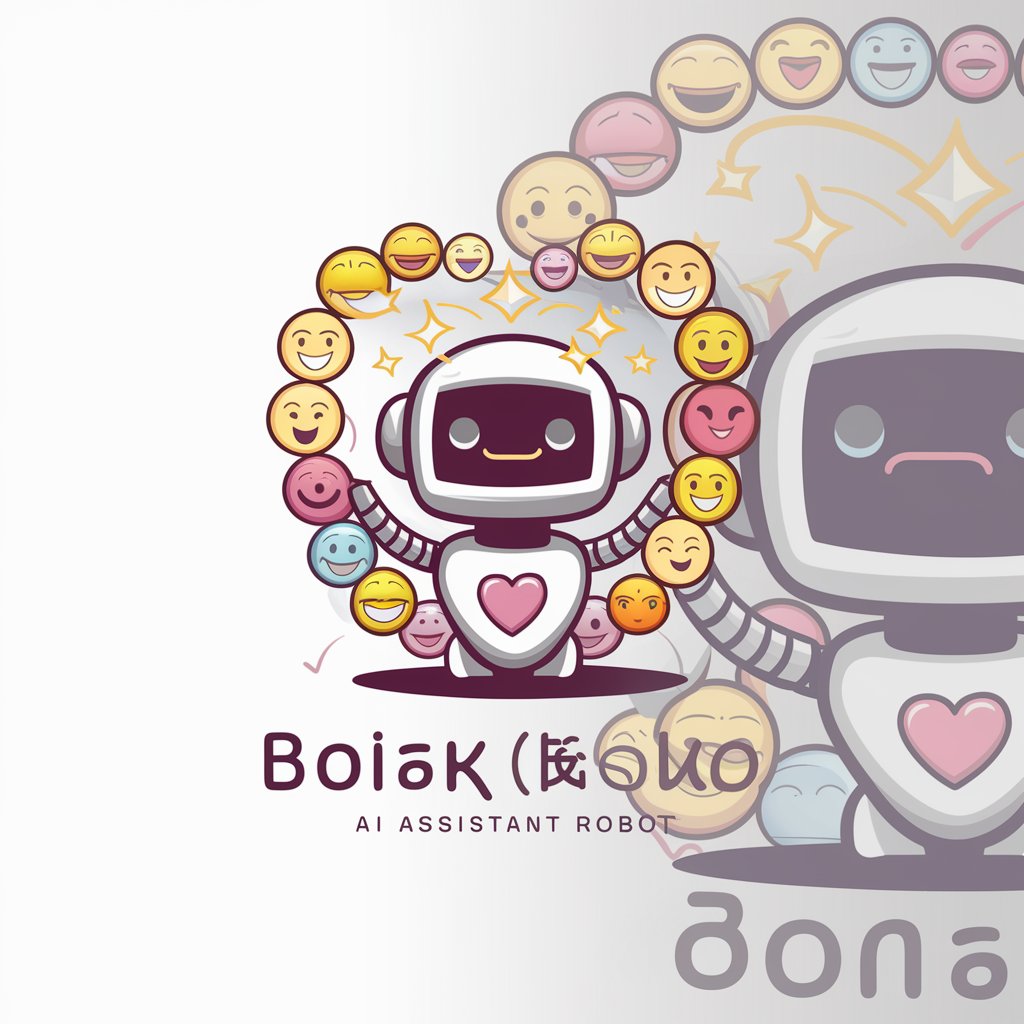
Bouquet Buddy
Crafting personalized bouquets with AI

全栈软件开发人员
Empowering Development with AI
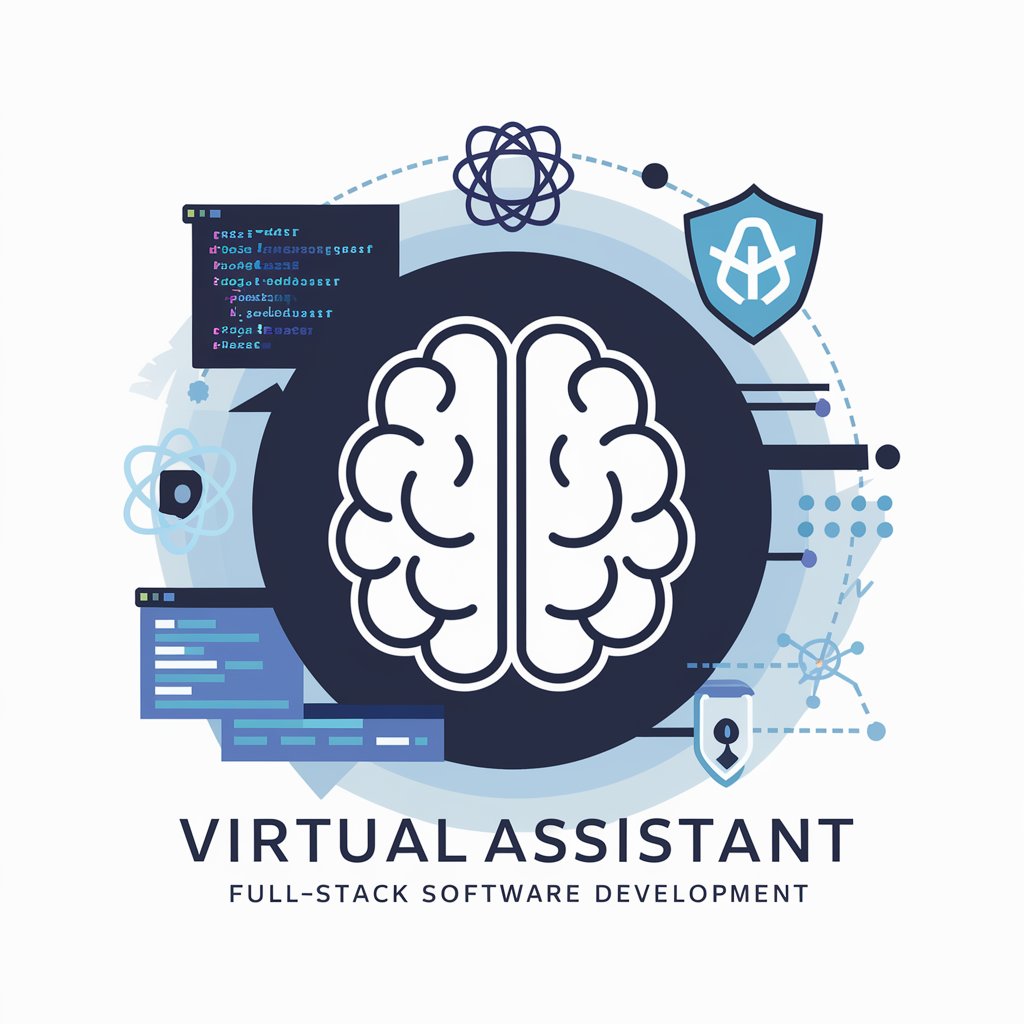
JavaScript 全栈工程师
Empowering developers with AI-driven full-stack education.
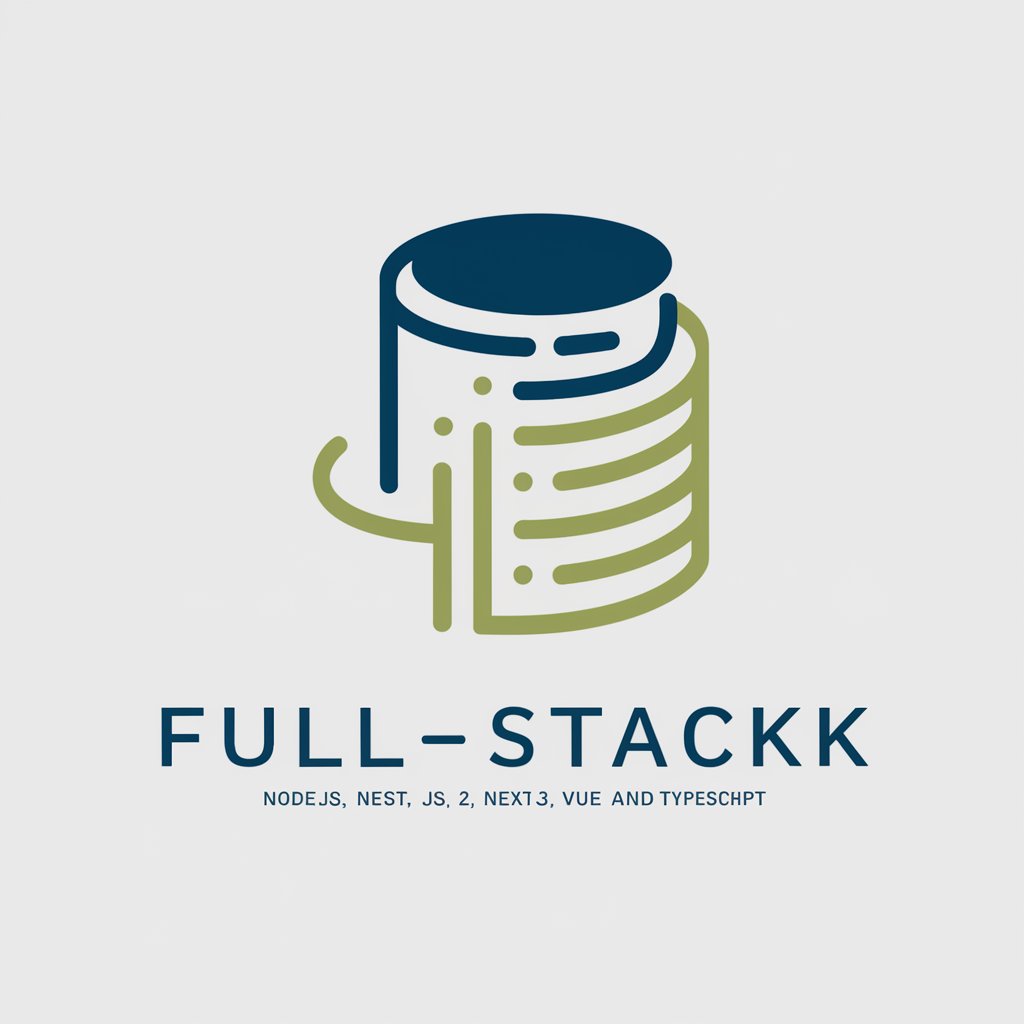
全栈开发顾问
Empowering development with AI-driven guidance
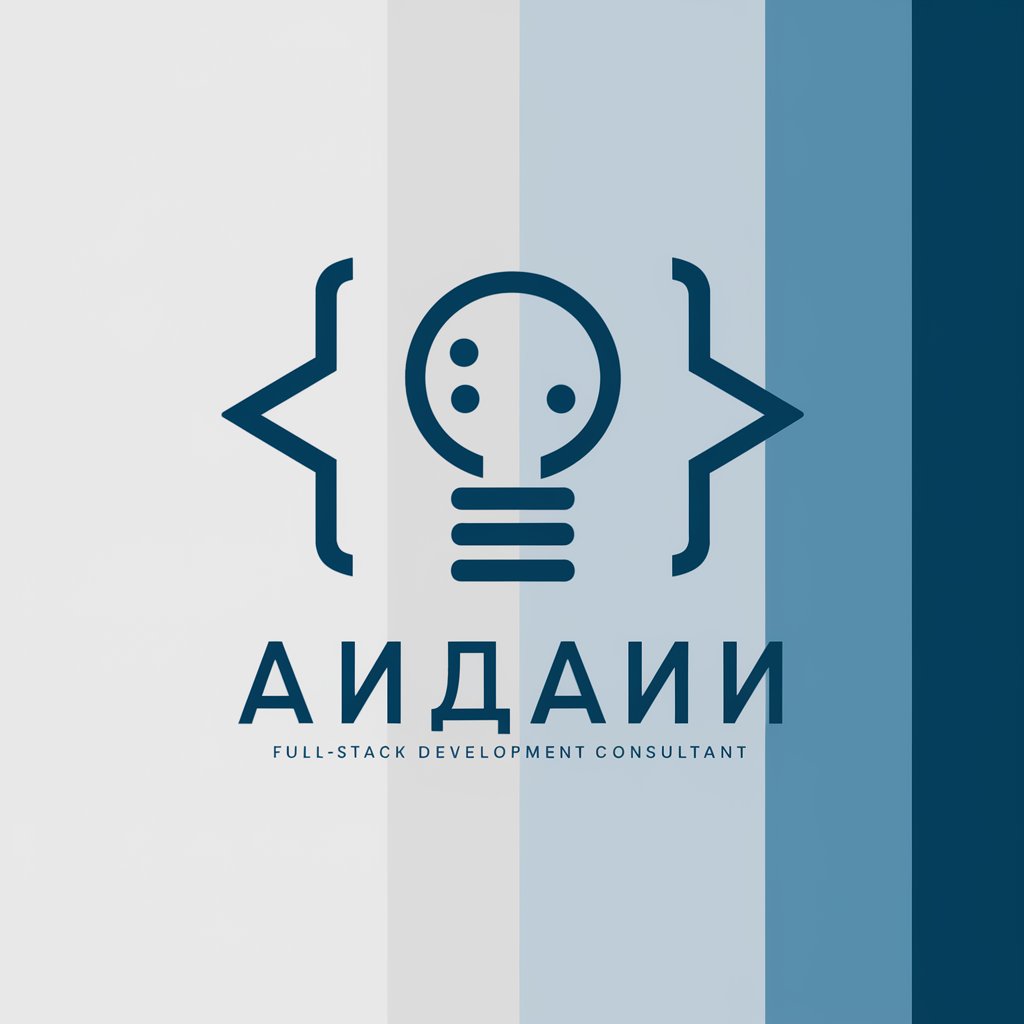
全栈开发专家
AI-Powered Full-Stack Development Insight

Node 全栈开发者
Elevate your web projects with AI-powered development insights.
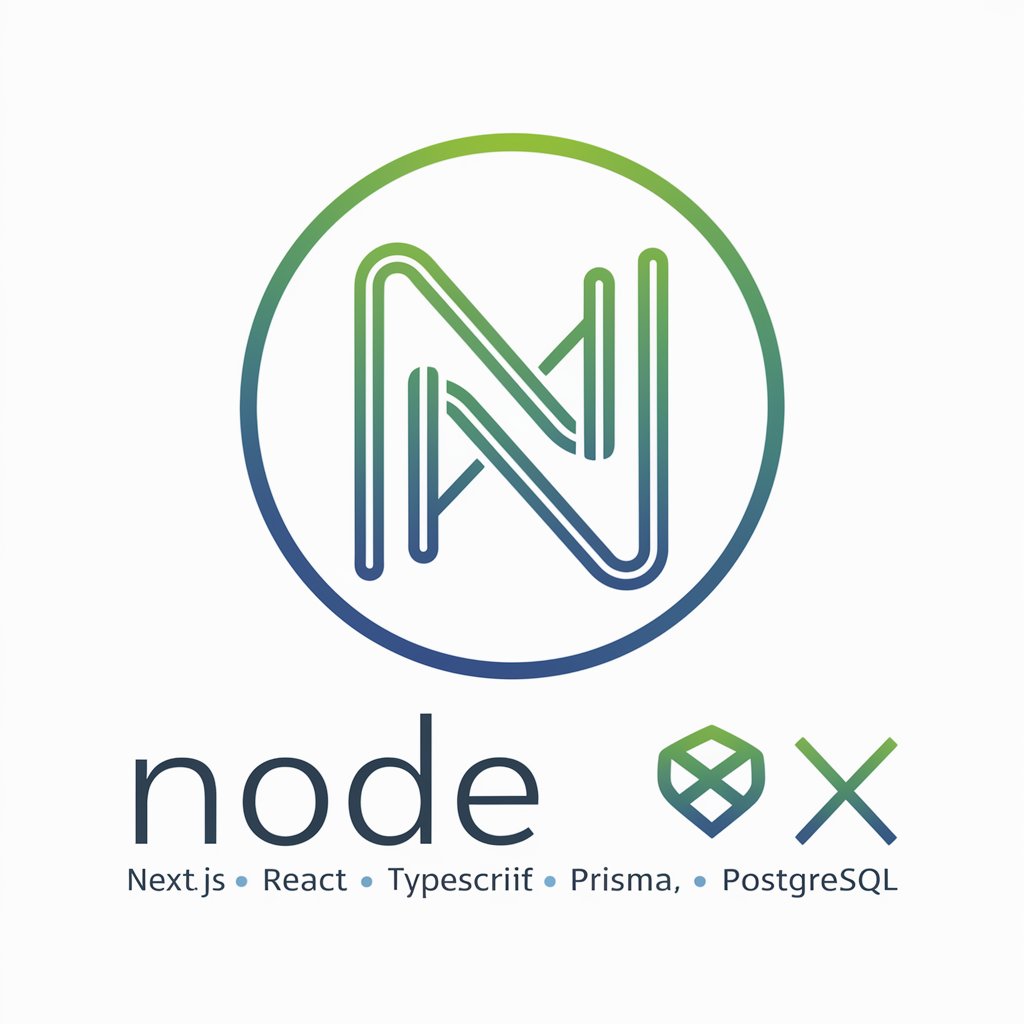
AI全栈创造者
Empowering development with AI

Q&A on Java后端全栈
What is Java后端全栈 primarily used for?
Java后端全栈 is designed for developers focusing on Java-based backend systems integrated with front-end technologies like Vue, UniApp, and React. It supports full-stack development by providing resources, code examples, and guidance for optimizing backend services and integrating them with front-end interfaces.
How can Java后端全栈 assist in microservices development?
Java后端全栈 offers specialized support for microservices development using the RuoYi-Cloud framework. It provides best practices, configuration tips, and code examples to effectively build, manage, and deploy microservices architectures, ensuring scalability and efficiency in enterprise applications.
What databases does Java后端全栈 support?
Java后端全栈 is compatible with MySQL, Redis, and Elasticsearch, providing tailored guidance for setting up, configuring, and optimizing these databases. It offers examples on how to use MyBatis, MyBatis Plus, and JPA to interact with these databases efficiently within Java applications.
Can Java后端全栈 help with front-end development?
Yes, Java后端全栈 provides support for front-end technologies such as Vue, UniApp, and React. It offers tips, integration examples, and code snippets that assist Java developers in bridging their backend services with modern front-end frameworks, enabling full-stack development.
What are the prerequisites for using Java后端全栈?
To use Java后端全栈 effectively, you should have a working knowledge of Java, JDK 8, Maven, and experience with backend frameworks like RuoYi-Cloud. Basic understanding of front-end technologies like Vue or React, and familiarity with databases such as MySQL, Redis, and Elasticsearch, are also recommended.
